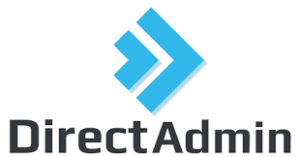Learn how to set up a Node.js Application in DirectAdmin. Our DirectAdmin Support team is here to help you with your questions and concerns.
How to Set Up a Node.js Application in DirectAdmin
 Node.js is the go-to runtime environment for executing JavaScript on the server-side. It lets developers build scalable and high-performance web applications.
Node.js is the go-to runtime environment for executing JavaScript on the server-side. It lets developers build scalable and high-performance web applications.
DirectAdmin, a well-known web hosting control panel, offers reliable support for Node.js applications, making it easier to manage and deploy them.
Today, we are going to walk through the steps to create and manage an application using DirectAdmin.
Creating a Node.js Application in DirectAdmin
Here are the steps to set up a Node.js application in DirectAdmin:
- First, log into the DirectAdmin account with your credentials.
- Then, go to the Control Panel by clicking on the Extra Features tab.
- Now, click Setup Node.js App under the Control Panel.
- Next, click Create Application to begin the setup process.
- Then, fill in the following details for the application:
- Node.js Version:
Select the Node.js version for the application.
- Application Mode:
Set the `NODE_ENV` variable to either `Development` or `Production`.
- Application Root Directory:
Specify the directory where the application’s files and folders are stored.
- Application URL:
Enter the web address where the application will be accessible.
- Application Startup File:
Specify the startup file that will run when the application starts. For instance, if your server starts with a file named `bob.js`, we have to enter `bob.js` as the startup file.
- Node.js Version:
- After filling in all the details, click on Save to create the Node.js application.
How to Manage the Node.js Application
After the Node.js application is created, we can manage it via the Node.js App section in DirectAdmin. Here, we can start, stop, or restart the application and make configuration changes.
[Need assistance with a different issue? Our team is available 24/7.]
Conclusion
In brief, our Support Experts demonstrated set up and manage our applications using DirectAdmin.







0 Comments